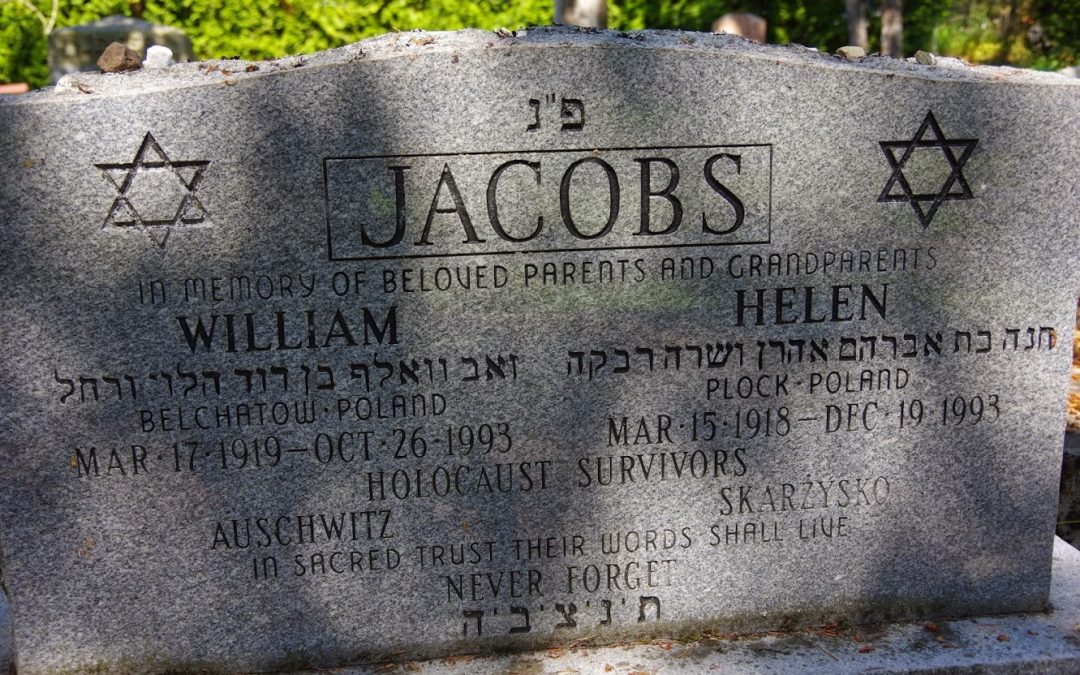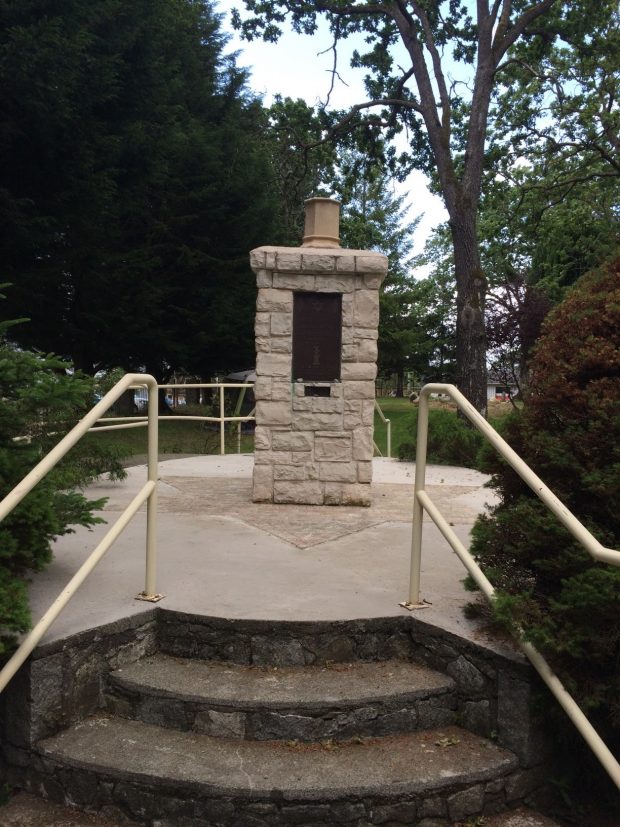I had anticipated writing this blog about the new mapping skills we had been utilizing in the field, however we had a visit from Dr. Rick Kool to give us further information, and I was caught by surprise at how emotional I felt when he shared stories about a few of the people buried in the cemetery, so I’ll share that experience instead.
Dr. Kool is the director of the Emanu-El cemetery and a professor at Royal Roads University. He is a very engaging educator and shared many interesting facts and stories about the cemetery itself, but also about several of the people who are laid to rest there. I knew coming in to this course that we would be working in a Jewish cemetery and that there would undoubtedly be Holocaust survivors buried throughout. This was already a bit heavy in my heart and mind, however as Dr. Kool spoke about the individuals and what they had endured, I was taken aback by how emotional I felt. It’s near impossible to wrap my head around the experiences of Holocaust survivors, but standing in front of someone’s grave, listening to Dr. Kool explain the kinds of people they were and how those experiences shaped them, gave a much deeper meaning to the inscriptions on their headstones, and to the work that we are doing there. Dr. Kool knew many of the individuals personally, so he was able to give us little details about their personalities, their stories, and how they lived the rest of their lives after such harrowing events. There was one story in particular that moved me greatly about two young women who met in Poland at a concentration camp. One of them was quite pale and ill looking so her new friend rubbed some lipstick on her cheeks to give her some colour, which ultimately saved her from being killed at the camp. They were lost to each other after that for many, many years, until they happened to meet again at a synagogue in Canada. They remained close friends for the rest of their lives, and are even buried near one another in the cemetery. This story really humanized them for me because it makes me think about the special bond they had, and will have forever. It was a very moving experience that I will carry with me as I continue to conduct my work in the cemetery.
Since the majority of our work is based on recording information about the condition of the headstones and burial sites, which requires lots of measurements and filling in forms, it is sometimes easy to become disconnected from the fact that these monuments are representational of so many different, yet incredible lives. Dr. Kool’s stories helped to really reaffirm the humanity and emotion that are present in the cemetery, and to remind us to remain deeply respectful of this sacred space.

